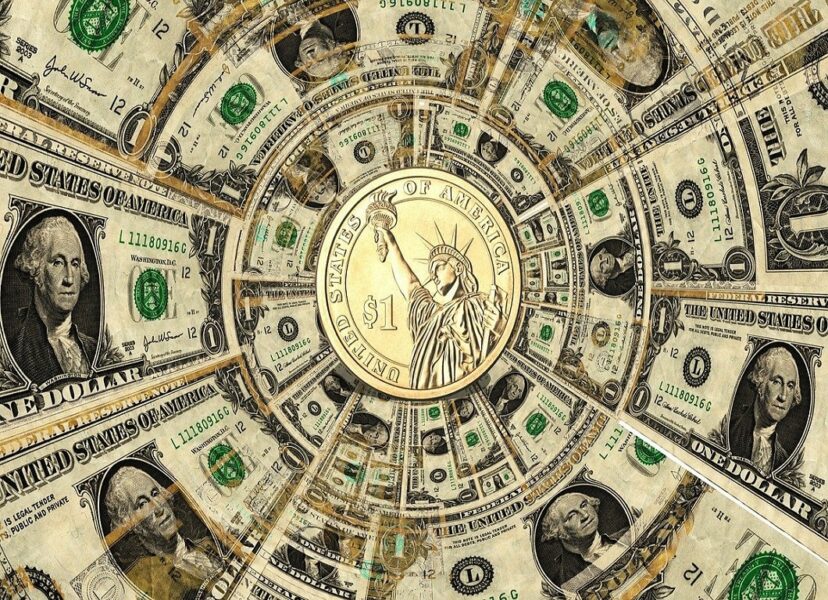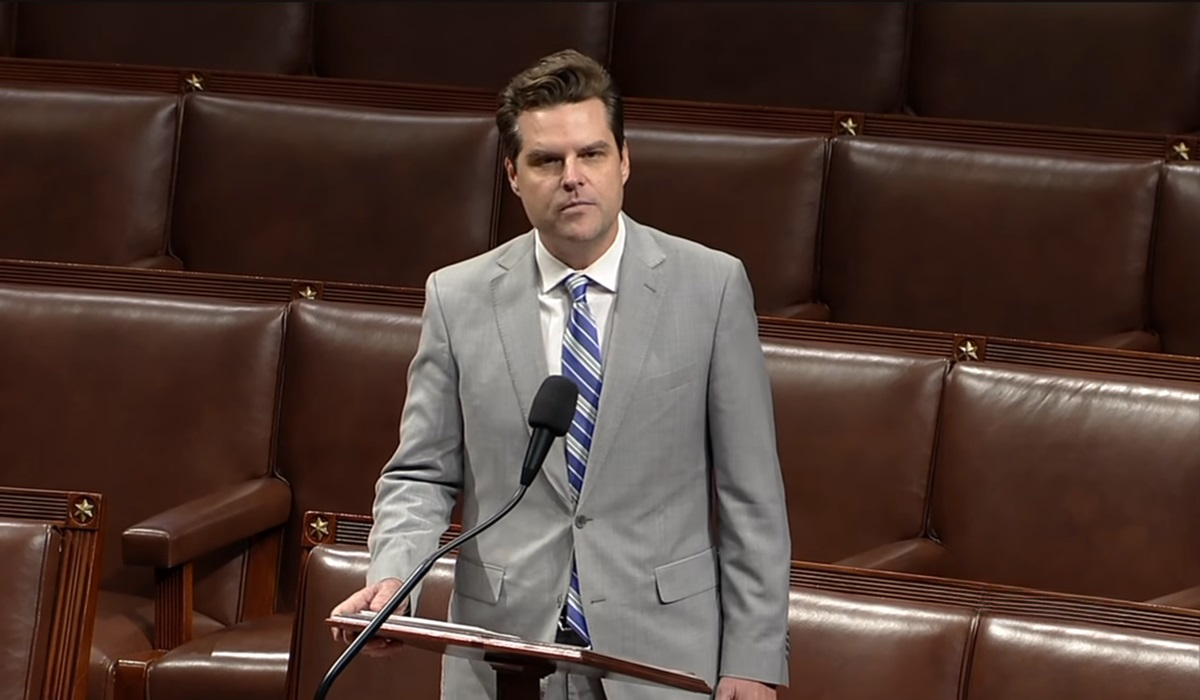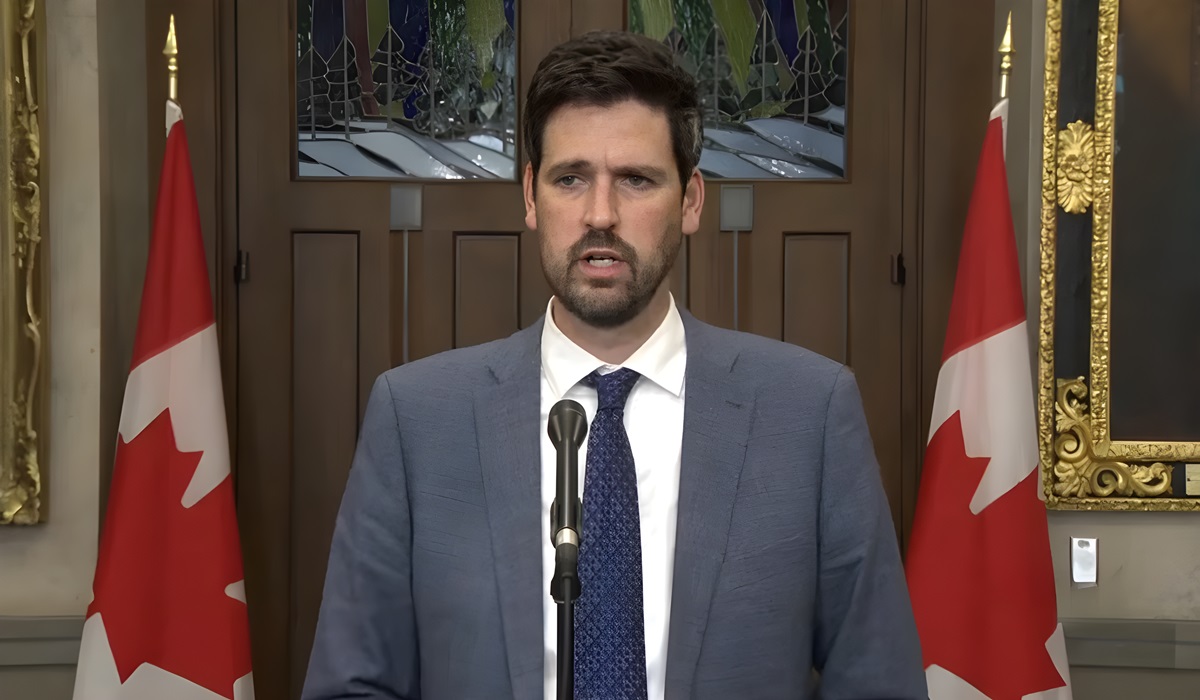The Future of the US Dollar as the World’s Reserve Currency, Looking, Bleak
- TDS News
- Breaking News
- April 11, 2023

The US dollar has been the world’s dominant reserve currency for the better part of a century. The dollar has served as the medium of exchange for international trade and the primary currency for international financial transactions. However, the US dollar’s position as the world’s reserve currency is facing significant challenges from various sources backed by gold and other natural resources.
At one point in history, the US dollar was backed by gold as part of the country’s broader economic plan. This meant that every dollar issued by the US government was required to have a corresponding value in gold held by the US Treasury. This system, known as the gold standard, was designed to provide stability and confidence in the US dollar as the world’s reserve currency. However, in the face of increasing fluctuations in the world market, particularly in the wake of the Vietnam War and mounting trade deficits, President Nixon announced the end of the gold standard on August 15, 1971. This decision marked a significant turning point in the history of the US economy and paved the way for the adoption of the FIAT system.
Under the FIAT system, the US dollar is no longer backed by gold or any other physical commodity. Instead, its value is derived from the faith and credit of the US government. This means that the government has the power to print as much money as it needs to meet its financial obligations, but it also means that the value of the dollar is subject to fluctuations in the world market and inflation. While the FIAT system has provided greater flexibility and control over the US monetary policy, it has also led to concerns about the stability of the dollar and the potential for economic instability. Nevertheless, the adoption of the FIAT system marked a paradigm shift in the global financial system and paved the way for a new era of monetary policy and economic relations.
One of the major perils of the US dollar’s dominance is the increasing use of the Chinese yuan in international trade. China is the world’s second-largest economy and has successfully positioned the yuan as an alternative currency among its global trading partners. China has established currency swap arrangements with several countries, allowing them to settle trade in yuan instead of the US dollar, such as Brazil and Russia, with Saudi Arabia giving strong consideration, seeing that 25% of China’s oil imports come from the Kingdom. In addition, in 2015, China launched its own international payment system, the Cross-Border Interbank Payment System (CIPS), which allows for direct yuan-based transactions with other countries. By using CIPS, China can reduce its dependence on SWIFT and increase its presence in the international financial system.
CIPS is an alternative to the Society for Worldwide Interbank Financial Telecommunication (SWIFT) system established in 1973 which is currently the dominant payment system used for international transactions. It was established due to concerns over a single private American entity’s control over the global financial system. The previous entity was First National City Bank, now known as Citibank. In response, FNCB’s competitors in the US and Europe developed an alternative messaging system to expedite the payment process and replace public providers. CIPS is an important development for China and its trading partners as it provides an alternative to SWIFT, which is headquartered out of Belgian.
Another factor contributing to the US dollar’s potential loss of reserve currency status is the increasing talks of the BRICS (Brazil, Russia, India, China, and South Africa) nations establishing their own currency backed by gold and other natural reserves. The BRICS countries are considered to be the leading and emerging oil-producing economies in the world. The group was established in 2006 to promote economic cooperation and development among its members. The BRICS countries account for approximately 42% of the world’s population, 23% of global GDP, and 17% of world trade.
The idea behind the creation of a new currency is to reduce the dependence of the BRICS nations on the US dollar and increase their influence in the global financial system. While it remains to be seen if this idea will come to fruition when the BRICS nations meet in August of 2023, the mere discussion of it is a sign of dissatisfaction with the current financial system.
While it is still only speculation of the establishment of a BRICS currency, one glaring observation is that BRICS nations have been spending significant capital to acquire gold and precious metals reserves, which would form the foundation for a BRICS currency if it is to be backed by natural resources.
In addition to the BRICS nations, there have been talks of Asia having its own super currency similar to that of the Euro. The idea behind the super currency is to create a unified currency for the Asian region, which would increase its influence in the global financial system. However, the creation of a super currency for Asia may not be realistic right now, as the region is diverse in terms of economic development, political systems, and currencies. Nonetheless, if such a currency is created, it would be a significant game-changer, and the balance of power in the global financial system would shift drastically.
The recent visit of French President Emmanuel Macron to China, where he called for less dependency on America, highlights the growing sentiment among some countries to reduce their reliance on the US dollar. If more countries follow this trend, it could lead to a decline in the use of the US dollar as the world’s reserve currency.
While the US dollar’s status as the world’s reserve currency may be under threat, it is important to note that it is not the first time such a threat has emerged. In the past, other currencies, such as the British pound, have held reserve currency status only to lose it later. However, the US dollar’s dominance in the global financial system is so entrenched that any shift away from it would require time and significant effort. Moreover, the US dollar’s stability and liquidity make it a natural choice for many countries to hold as a reserve currency.
The current paradigmatic shift in the global financial system indicates that the US dollar’s status as the world’s reserve currency is on the potential verge of losing its dominance. The rise of alternative payment systems, such as CIPS and the increasing economic power of countries like China, India and the other BRICS nations have challenged the US dollar’s position in the global financial hierarchy. While it remains to be seen whether the US dollar will lose its reserved currency status, it is evident that the global financial system is in a state of flux, and a new era of financial arrangements is emerging. This shift may have significant implications for global trade, investment, and economic relations, and policymakers, businesses, and investors must remain vigilant and adapt to the changing financial landscape to ensure economic stability and prosperity.








